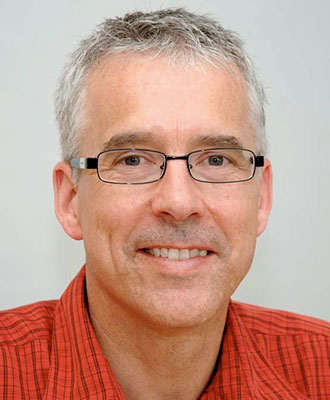Unless the capacity is exceeded, we will not respond to your email. Attendance is free, just bring along your lunch.
RSVP NOW for the next Microseismic User Group (MUG) event.
If you have any questions, please contact:
Paige Mamer, Paige.Mamer@tgs.com,
Johnny Wentzel, Johnny.Wentzel@esgsolutions.com
Abstract
On March 4 at 5 p.m. a loud boom was reported across Northwest Calgary. This event was widely reported in the local media and created a lot of buzz around water coolers in the city. Initial suggestions that it was caused by an explosion were ruled out by civic authorities and the idea of a “frost quake” (a tensile crack in frozen ground during very cold conditions) was raised instead, prompted in part by numerous reported frost quakes in Ontario earlier in the winter. Frost quakes are well documented in New England, where they have caused similar loud booms and locally intense ground motion, but are rarely recorded on seismograph networks due to rapid attenuation. A clear waveform recording of the surface wave from this event, acquired on a home-built seismograph system, provided motivation to search for the epicentre. The public was invited to submit reports using a community internet intensity tool operated by Earthquakes Canada, resulting in construction of an isoseismal map with Modified Mercalli Intensity up to MMI V. Several reports of large cracks in the ground were investigated, including a 25-m crack in a schoolyard in Panorama Hills corresponding to an estimated Mw ~ 0 tensile event. In addition to insights into this unusual natural phenomenon, analysis of the crack provided a rare opportunity for in situ examination of a tensile fracture that, in certain respects, may be similar to those formed during hydraulic fracture stimulation.
Biography
Professor Dave Eaton received his B.Sc. from Queen’s University in 1984 and M.Sc. and Ph.D. from the University of Calgary in 1988 and 1992. He rejoined the University of Calgary in 2007 after an 11-year academic career at the University of Western Ontario. His postdoctoral research experience included work at Arco’s Research and Technical Services (Plano, Texas) and the Geological Survey of Canada (Ottawa). He is presently co-director of the Microseismic Industry Consortium, a novel, applied-research geophysical initiative dedicated to the advancement of research, education and technological innovations in microseismic methods and their practical applications for resource development. In addition to microseismic monitoring, his current research is also focused on the lithosphere-asthenosphere boundary beneath continents. He is past-president of the Canadian Geophysical Union and Eastern Section of the Seismological Society of America, and a founding member of POLARIS, a $10 M infrastructure project funded by the Canada Foundation for Innovation (CFI). He completed his 5-year term as Head of the Department of Geoscience in July 2012. He has over 100 peer-reviewed publications and was awarded a Benjamin Meaker Visiting Professorship from the University of Bristol, where he spent part of his sabbatical in Fall, 2012.





